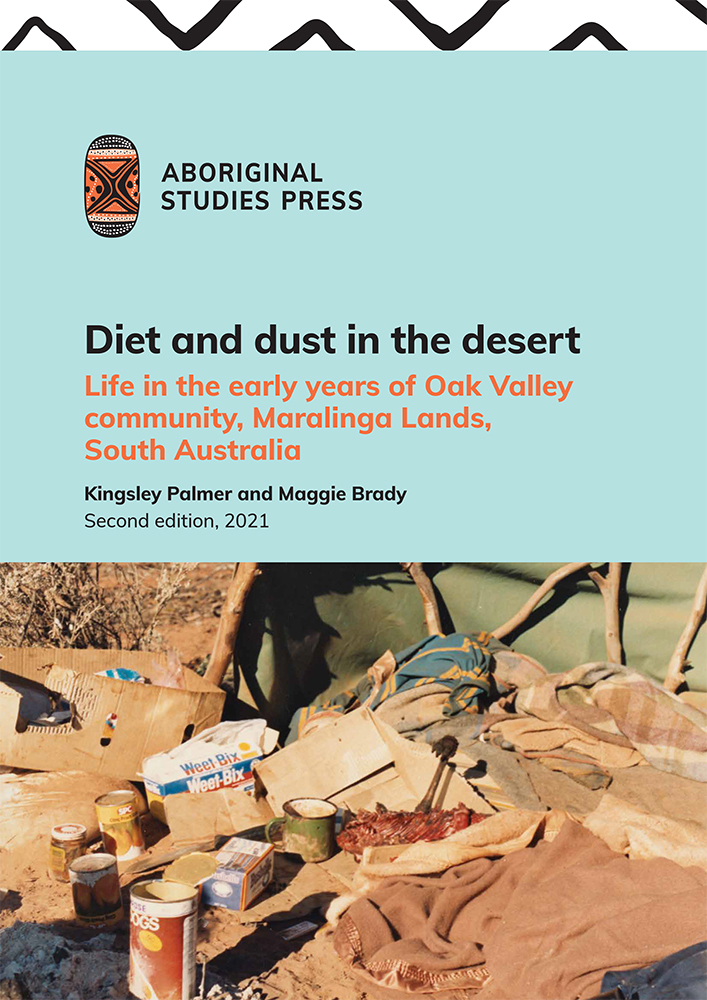Diet and dust in the desert (second edition)
Between 1953 and 1963 the British, in collaboration with the Australian Government, conducted atmospheric atomic tests and other trials at Emu and Maralinga in the Great Victoria Desert of South Australia. Quantities of radioactive debris were scattered over an area of several thousand square kilometres, contaminating Aboriginal sites and waters in the region now known as the Maralinga Tjarutja Lands.
In 1984 the Australian Government appointed a Royal Commission into the British nuclear tests in Australia to inquire into the management and conduct of those tests and the protective measures taken. The Royal Commission recommended that criteria be established for the clean-up and rehabilitation of these lands. A Technical Assessment Group (TAG) was set up in 1986 in order to do so, and to oversee the eventual clean-up of the Lands. One of the TAG investigations was an anthropological study of the diet and lifestyle of the Aboriginal people living at what was then an embryonic outstation, Oak Valley, 140 kilometres northwest of Maralinga.
This report presents some of those findings, examining the diet and per capita consumption of store and bush (hunted and foraged) foods, and an assessment of their protein and calorific values. The report also documents peoples’ lifestyle in that period (late 1980s), living conditions, dust levels and water supply, and how these affected overall health. For these reasons, the report will be of interest and benefit to all those concerned with the environmental and social health of desert communities.
